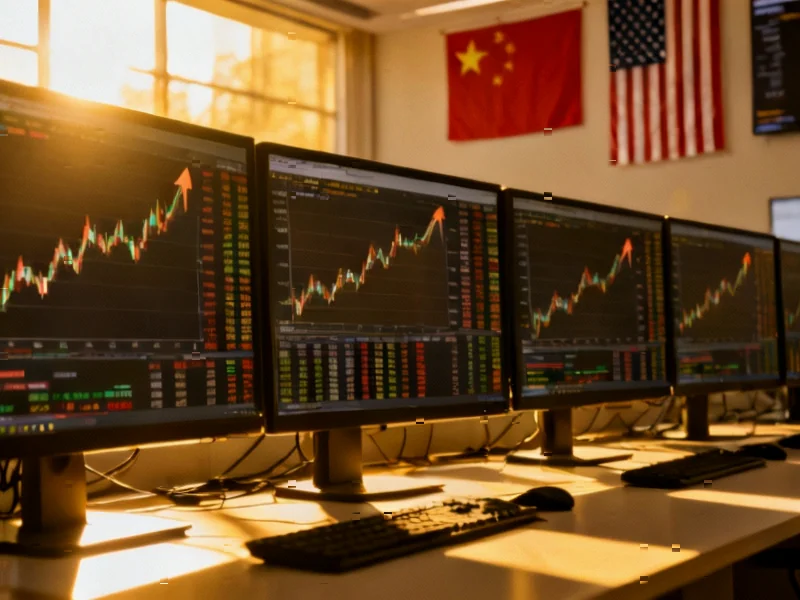According to CNBC, U.S. Treasury Secretary Scott Bessent confirmed in a CBS News interview that former President Donald Trump’s proposed 100% tariffs on Chinese imports are “effectively off the table.” The announcement follows progress in U.S.-China trade talks, with negotiators reaching a framework on several disputed issues and Asian markets poised for gains. This development signals a potential thaw in trade relations that could reshape global economic dynamics.
Table of Contents
Understanding the Trade Landscape
The backdrop to this announcement involves years of escalating trade tensions between the world’s two largest economies. Donald Trump’s administration had previously implemented multiple rounds of tariffs on Chinese goods, creating significant uncertainty for global supply chains and financial markets. The proposed 100% tariffs represented an extreme escalation that threatened to derail not only U.S.-China relations but also global economic stability. Treasury Secretary Scott Bessent’s comments during his CBS News interview reflect a strategic pivot toward de-escalation, though the maintenance of existing export controls indicates continued technological competition.
Critical Analysis
While the removal of extreme tariff threats provides immediate market relief, several underlying challenges remain unresolved. The “framework” mentioned lacks specific details about enforcement mechanisms or timelines, creating potential for future disputes. China’s promised soybean purchases represent a temporary goodwill gesture rather than structural trade reform, and the delayed rare earth restrictions highlight ongoing leverage games in critical supply chains. The maintenance of U.S. export controls suggests the technological decoupling between the nations continues, particularly in semiconductors and advanced technologies. Market optimism may be premature if fundamental disagreements about intellectual property, market access, and state subsidies remain unaddressed.
Industry Impact
The immediate market reaction across Asia-Pacific reflects pent-up demand for trade stability, but the real test will come in sector-specific impacts. Technology companies with complex supply chains spanning both countries face continued uncertainty despite the tariff relief. Automotive and consumer goods manufacturers may benefit from reduced cost pressures, while agricultural exporters see temporary relief through promised Chinese purchases. The financial services sector, particularly in Hong Kong and Singapore, stands to gain from reduced trade war volatility, though long-term positioning between U.S. and Chinese financial markets remains contentious. The maintenance of existing export controls means technology transfer restrictions and investment screening mechanisms continue to shape cross-border business operations.
Outlook
The path forward likely involves managed competition rather than full resolution. As Treasury Secretary Bessent indicated in his interview, the U.S. will maintain strategic controls while avoiding economically destructive tariff escalations. Markets should expect continued volatility around specific sector negotiations rather than comprehensive trade normalization. The real test will come when both sides attempt to convert framework agreements into enforceable commitments, particularly regarding technology transfer, intellectual property protection, and market access reforms. Investors should monitor implementation timelines and watch for potential backtracking if political pressures mount in either capital.



